This 1966 Cheetah GT V8 Will Bark, Bite and Bruise You, No Questions Asked
Designed and built by Bill Thomas, it was a brutish answer to the Cobra.

What would you do, as a Chevrolet-employed performance engineer and race car developer, when your employer suddenly decides to cancel all its racing programs in the middle of developing a new car? The most straightforward answer would probably be to change companies, but that’s not what Bill Thomas did. Working under contract with General Motors when they announced a withdrawal from all forms of racing, he continued to work on the project car in relative secrecy. Granted, it helped that he also ran his own company, Bill Thomas Race Cars, so he knew what he was doing from the get-go. The result of this (un)fortunate run of events is one of the most brutal American-made racing cars ever conceived, the Cheetah GT! And yes, it is as wild as it looks, and yes, one of the estimated 23 cars built can be yours!
Heading to auction by Gooding & Co during their Pebble Beach event is chassis No. 029, which is the final car built at the Bill Thomas Race Cars facility in Anaheim, California. The 1966 car appears to be in excellent unrestored condition and comes with full documentation, period pictures, proof of past ownerships and so on. But what makes a Cheetah GT so special? The answer lies in the fact that it was intended as a direct competitor of Carroll Shelby’s legendary AC/Shelby Cobra.
The story of the Cheetah GT starts with William P. “Bill” Thomas, who began a career in the automotive industry by modifying Chevrolet Corvettes to take them racing. Employed by the C.S. Mead Motors Co., Bill Thomas learned the ins and outs of a racing car, and after just a few years, founded his own company: Bill Thomas Race Cars. Soon after, he caught the attention of General Motors and was asked to work on the new Chevrolet Corvair (infamously slandered as “unsafe at any speed” by Ralph Nader). By 1963, he secured a contract from GM to start working on a new concept vehicle, which Bill also wanted to take racing to promote it. But fate had other plans, as a corporate decision to stop all forms of racing programs within GM meant the project was abandoned. Or was it?
Not deterred by the decision, Bill Thomas soldiered on out of sight of GM’s management and completed the car with the help of private investors, his lead fabricator, Don Edmunds and a Chevrolet dealer from California by the name of John Grow. Using various GM-sourced parts, the first two aluminium-bodied prototypes were completed towards the end of 1963. Fitted with a 327Ci or 5.4-litre V8 by Chevrolet, pumping out around 375bhp at first (later builds gained even more power!), the lightweight sports car looked very potent. So potent, even, that they named it after the fastest land animal on Earth, the Cheetah!
As the car entered production, the body was no longer made from aluminium but from fibreglass. The exterior appears to be shrink-wrapped around the mechanical bits as tightly as possible. The narrow cabin is pushed back as far as possible, the wheels are on the very corners of the car, and the engine is mounted in the middle of the chassis and is bolted directly to the gearbox. The exhausts come out on either side, and there’s a small roof-hinged windowless door to get in and out. The tail is exceptionally short, ending just inches behind the rear wheels, emphasising its aggressive stance. From every angle, the car looks mean, ready to strike without warning at whoever dares to poke it.
When the Cheetah GT went racing, it became apparent some elements weren’t exactly up to par. The chassis wasn’t strong enough, and it flexed when accelerating hard out of a corner. The suspension also had some teething problems, but eventually most of this was fixed, and the Cheetah GT could be let loose again. During testing at Riverside at the end of 1963, the Cheetah clocked in a laptime that was a second-and-a-half quicker than Shelby’s Cobra, which dominated racing at the time! It became a fearsome beast on America’s race tracks as it entered the SSCA production car class.
Sadly, its rise to racing glory was cut short for two reasons. First, due to its low volume production, the SCCA stated it had to enter the virtually unregulated Sports/Modified class, where it came up against much more powerful cars from Chaparral, McLaren and Lola. Then, to make matters worse, at the end of the 1964 season, the FIA changed the homologation production threshold from 100 cars to 1,000, something the Cheetah would never be able to comply with, even if Bill Thomas still had the corporate support from Chevrolet. As such, the plug was pulled, and that was the end of the Cheetah GT.
Out of the 23 cars that are allegedly built, this is the final road-going Cheetah GT ever built. The original owner parted ways with it after just two years, but the next custodian took care of it for almost 40 years! Throughout that time, it was kept in pristine condition, retaining the original paint and even the original Firestone tires (not the spare one in the back). In 2007, it was sold on to a Cheetah GT enthusiast who was chasing after this very car for 30 years, with the then-owner continuing to keep it in running and driving condition. Shortly after that change in ownership, it came in second in the Postwar Preservation Class at the Pebble Beach Concourse d’Elegance. Come 2022, the car was sold to its current owner, and today, it’s still in a remarkably good, but more importantly, original condition!
The car is auctioned off by Gooding & Co during this weekend’s Pebble Beach concours, and has an estimate of USD 700,000 to USD 800,000. Certainly a high number, yet it buys you a truly menacing machine with a unique place history and a fascinating story to tell!
For more information, please visit GoodingCo.com.
Editorial Note: All images are under copyright of and courtesy of Gooding & Company LLC, images by Brian Henniker.




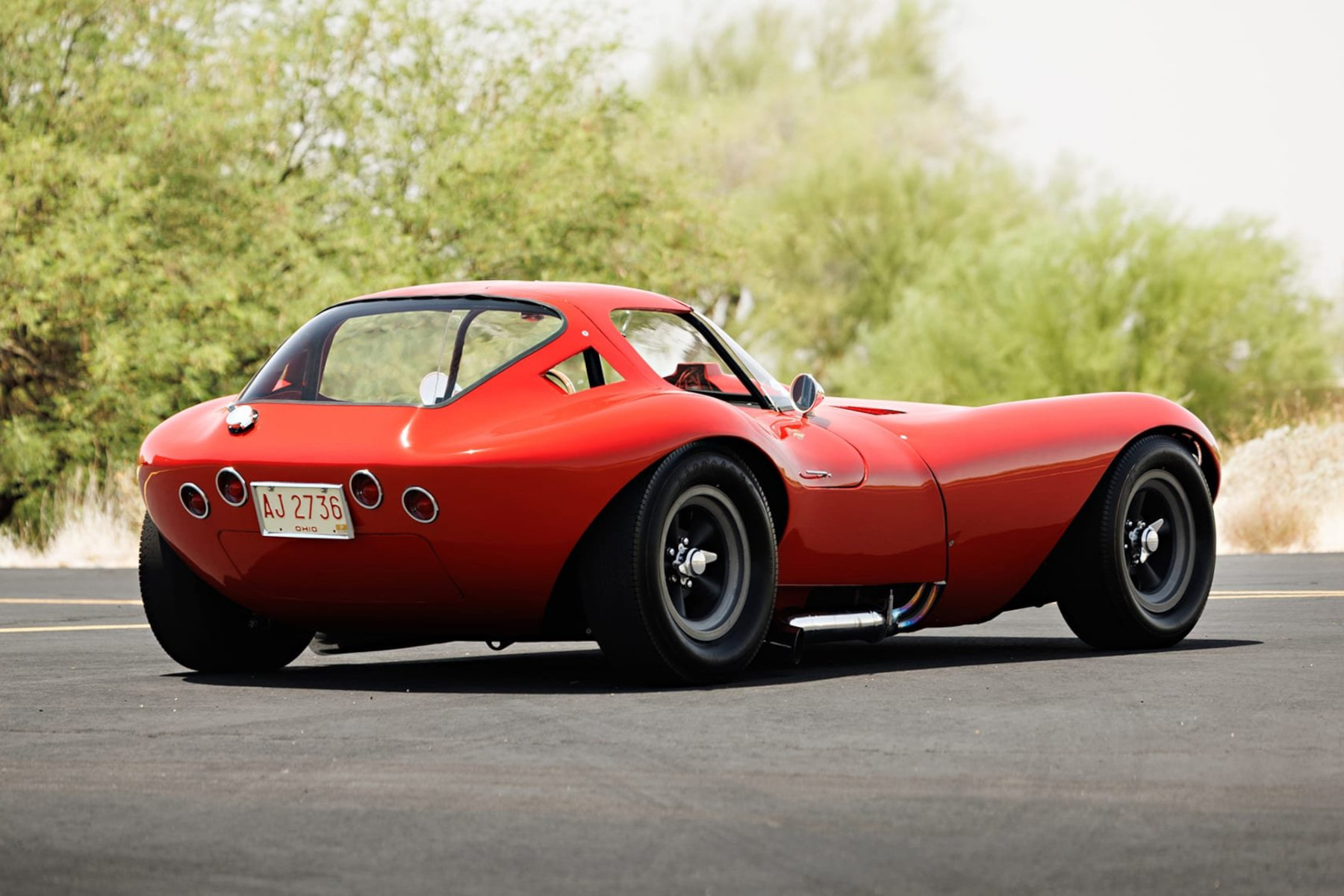
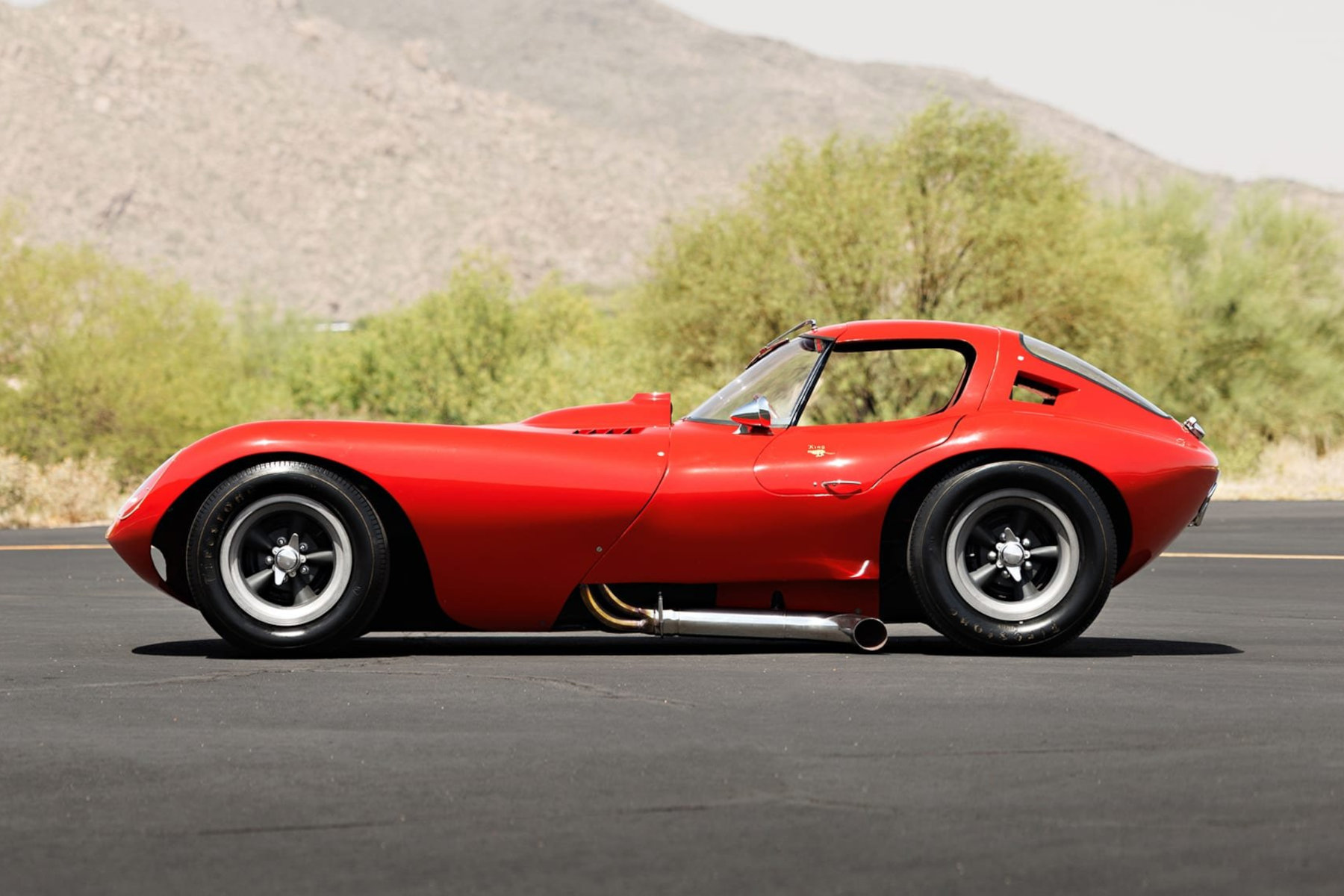
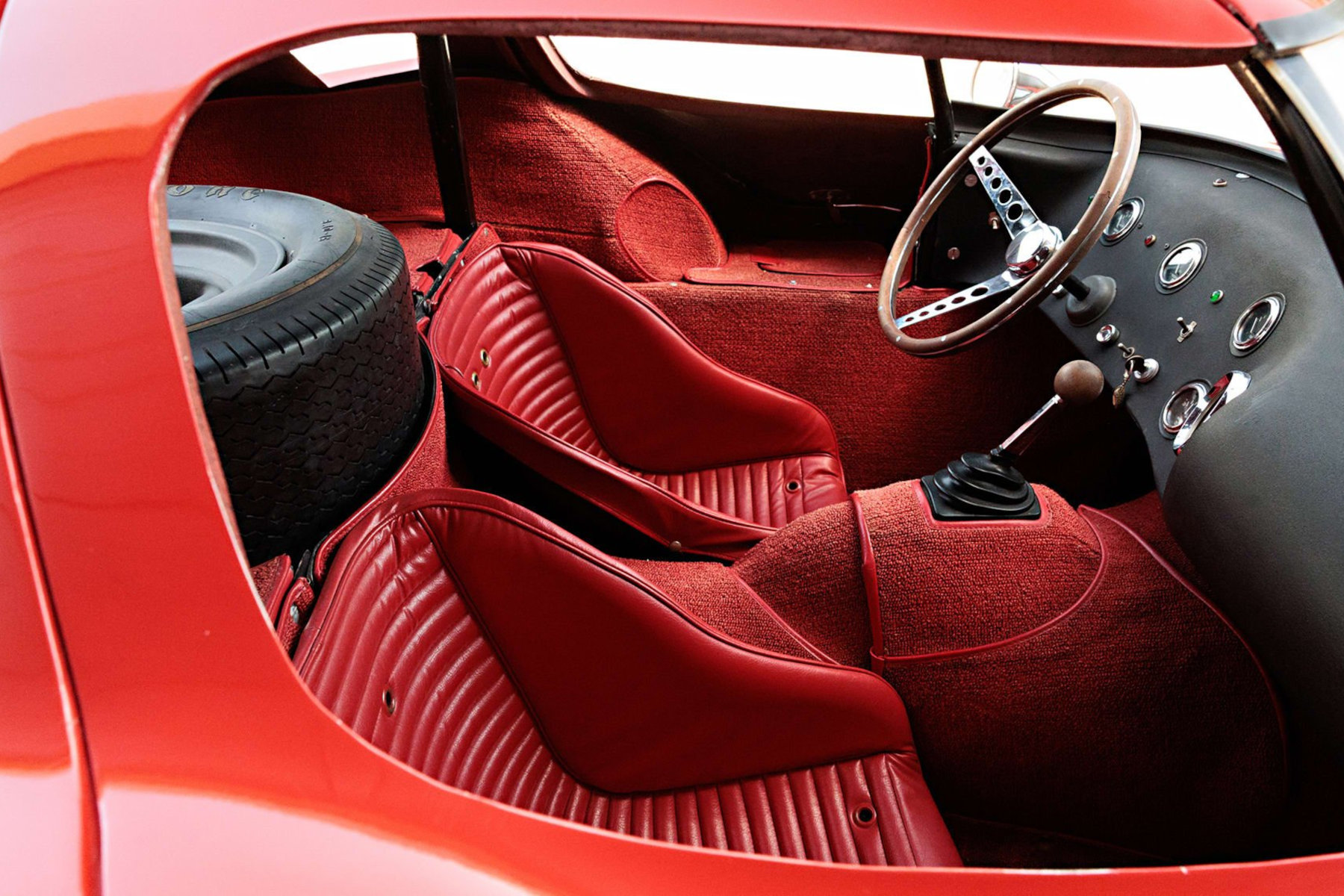


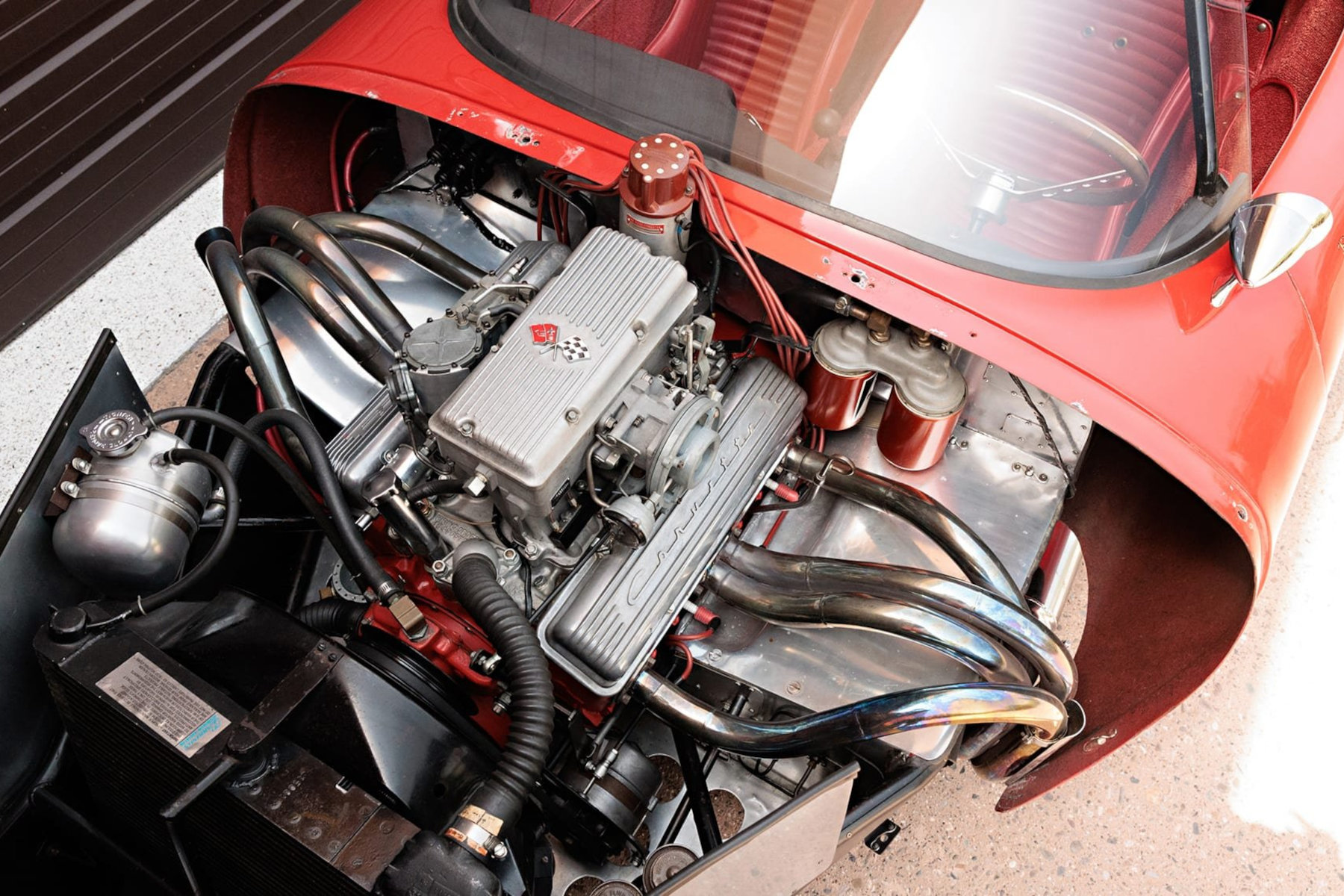
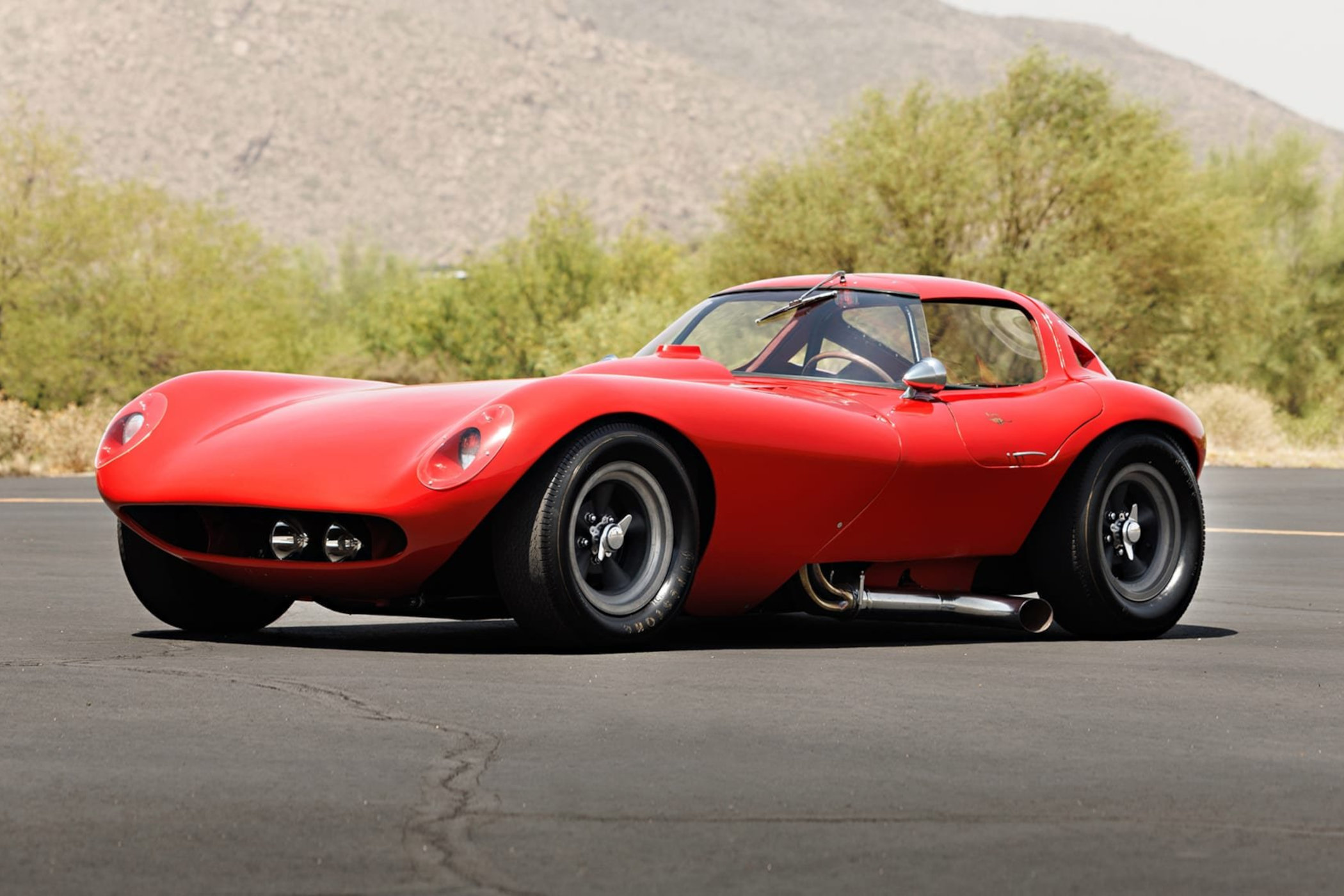



1 response
Since reading about these when I could just about read myself, these are my all time favorite cars.